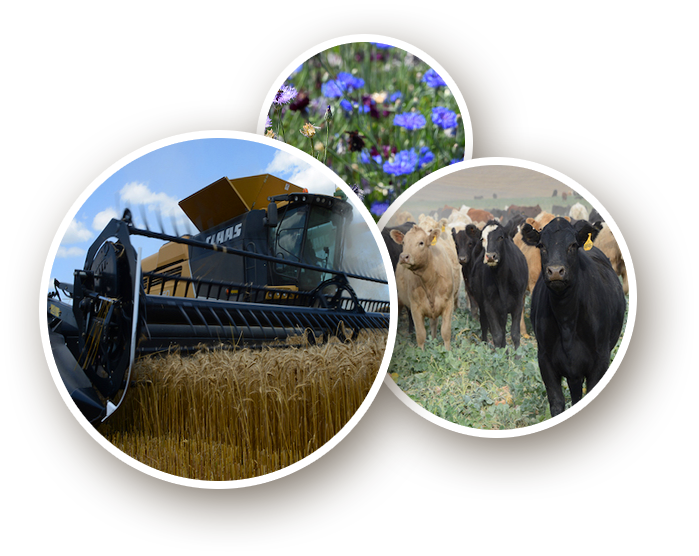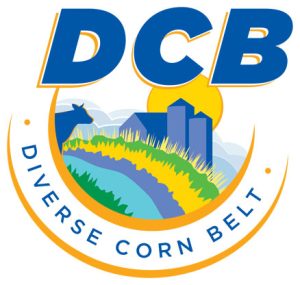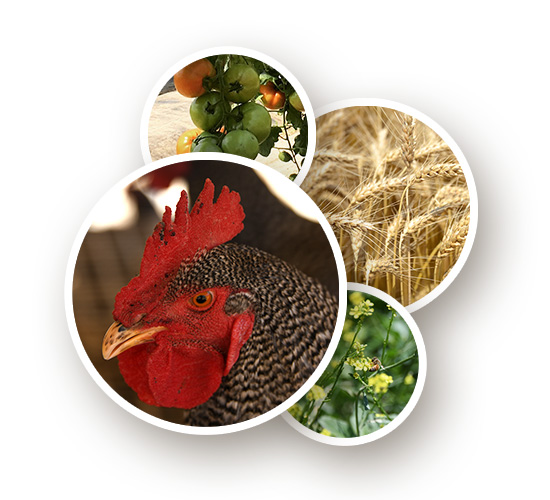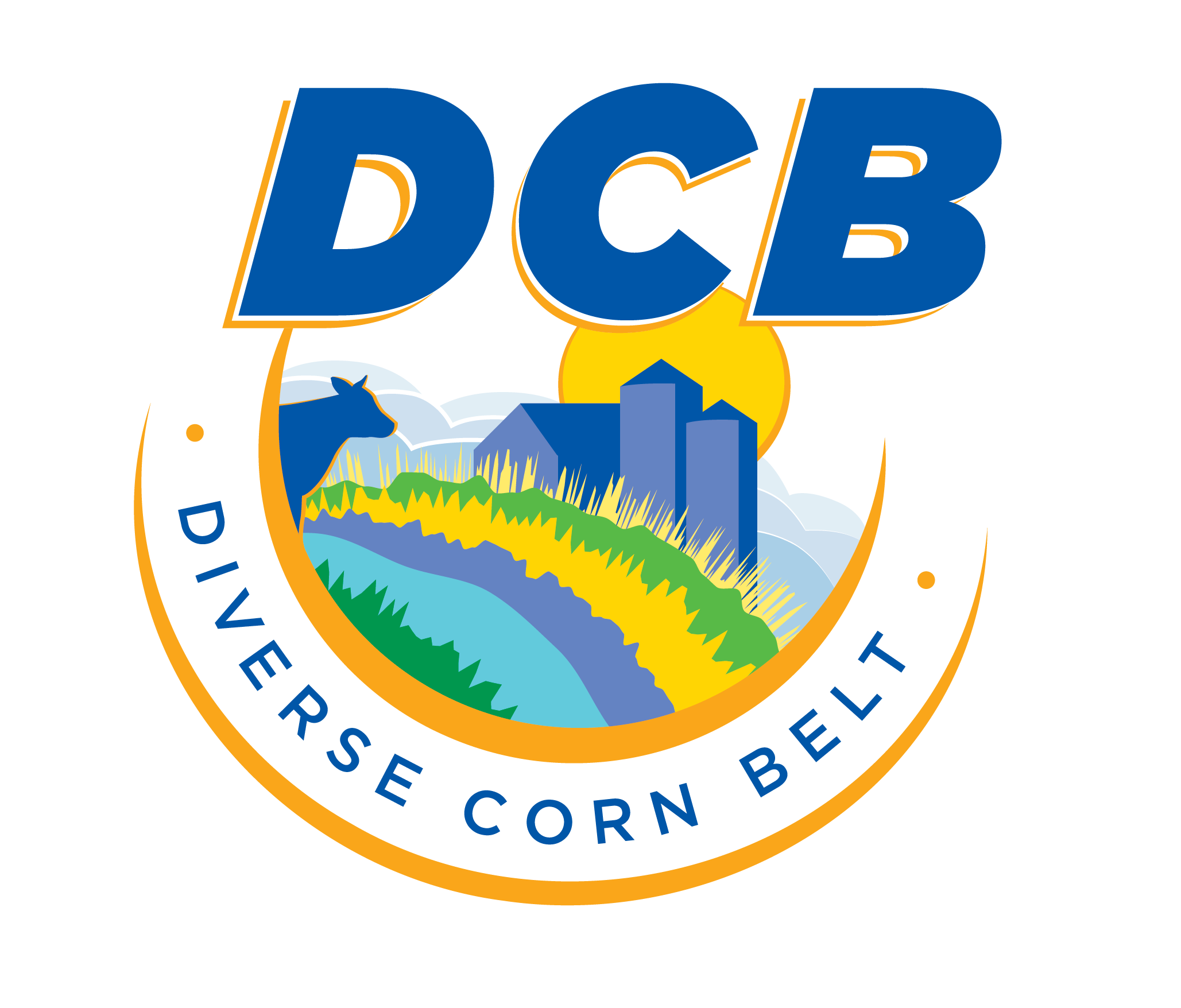WHY DIVERSIFY
A more diverse Corn Belt starts with wider options for crop rotations. More choices for crop rotation can help build soil microbial communities, improve carbon sequestration, interrupt the buildup of pests and pathogens in the soil, and broaden possible income streams.

However, diversity in crop rotations requires diversity in markets, processing and handling infrastructure, and demand, as well as changes in the policies and support systems that have focused the Midwest’s production capacity on corn and soybeans for generations.


We know that the current corn/soybean rotation is baked into national policy, economic incentives, infrastructure and culture, and that while it is working well for some, it creates challenges for others. Our goal is to expand opportunities for diversification that will benefit farmers, communities, the regional economy and the environment.
We seek to understand the challenges and constraints that currently make diversification difficult, and the leverage points that could reduce those challenges.
